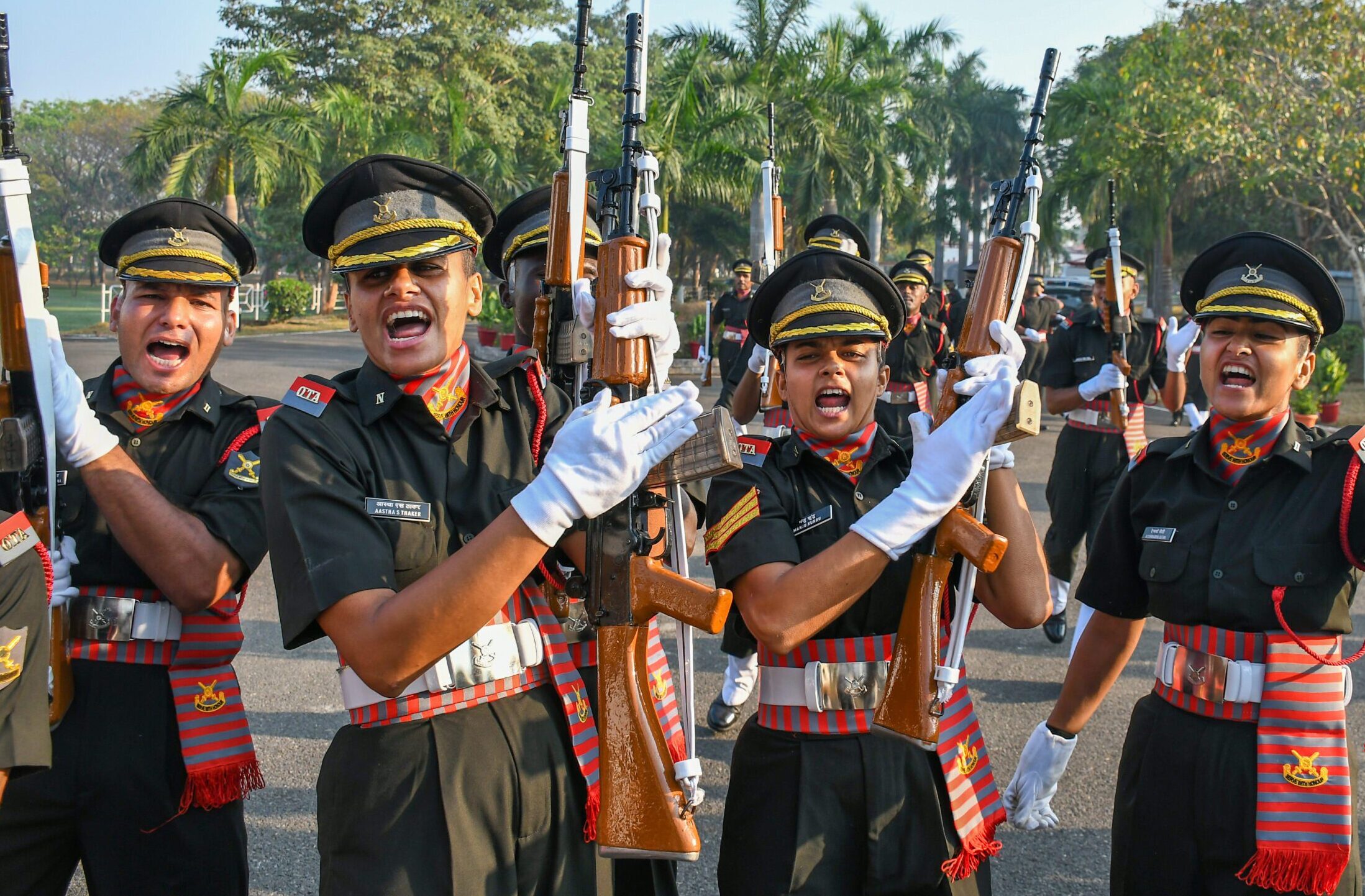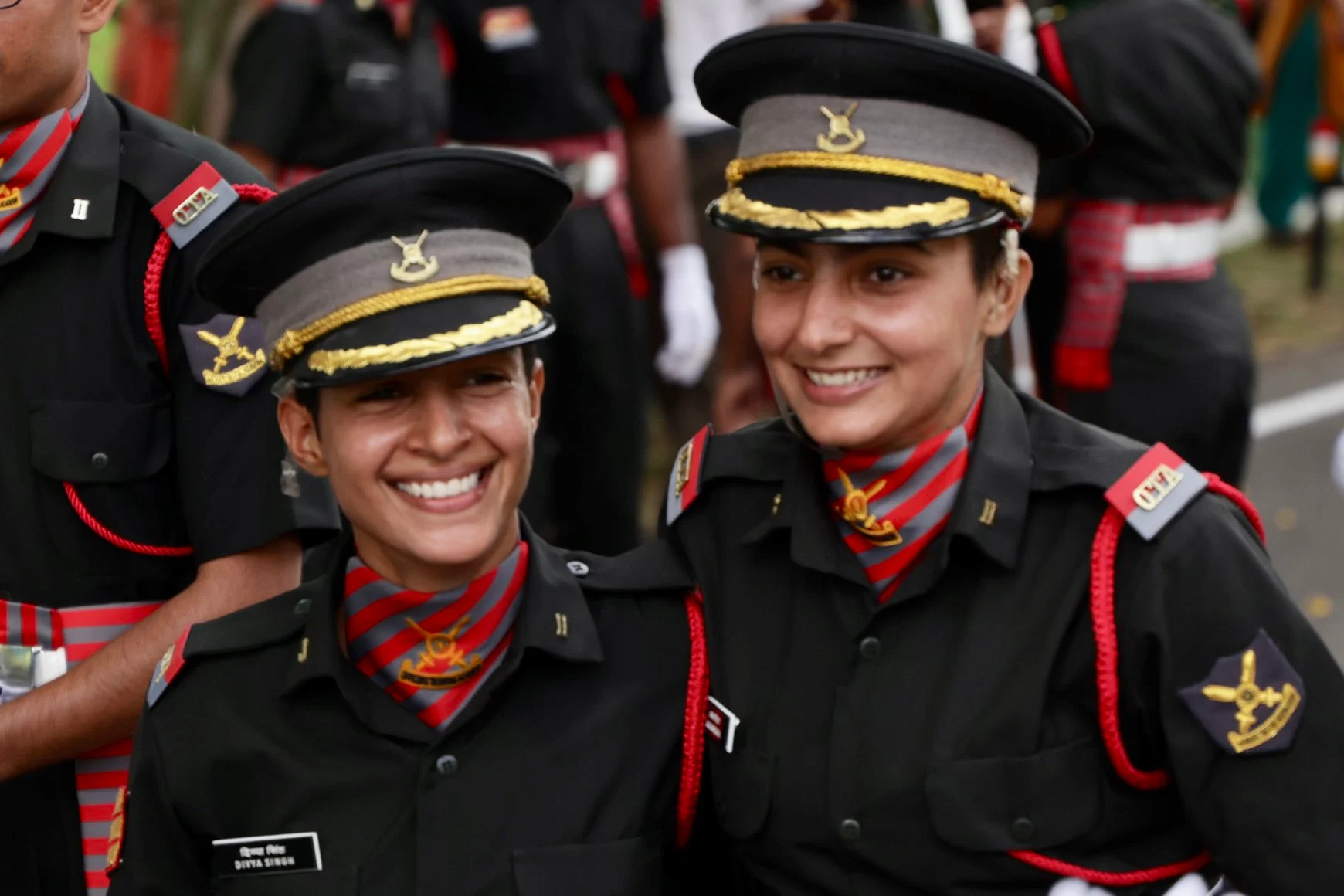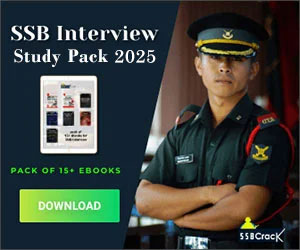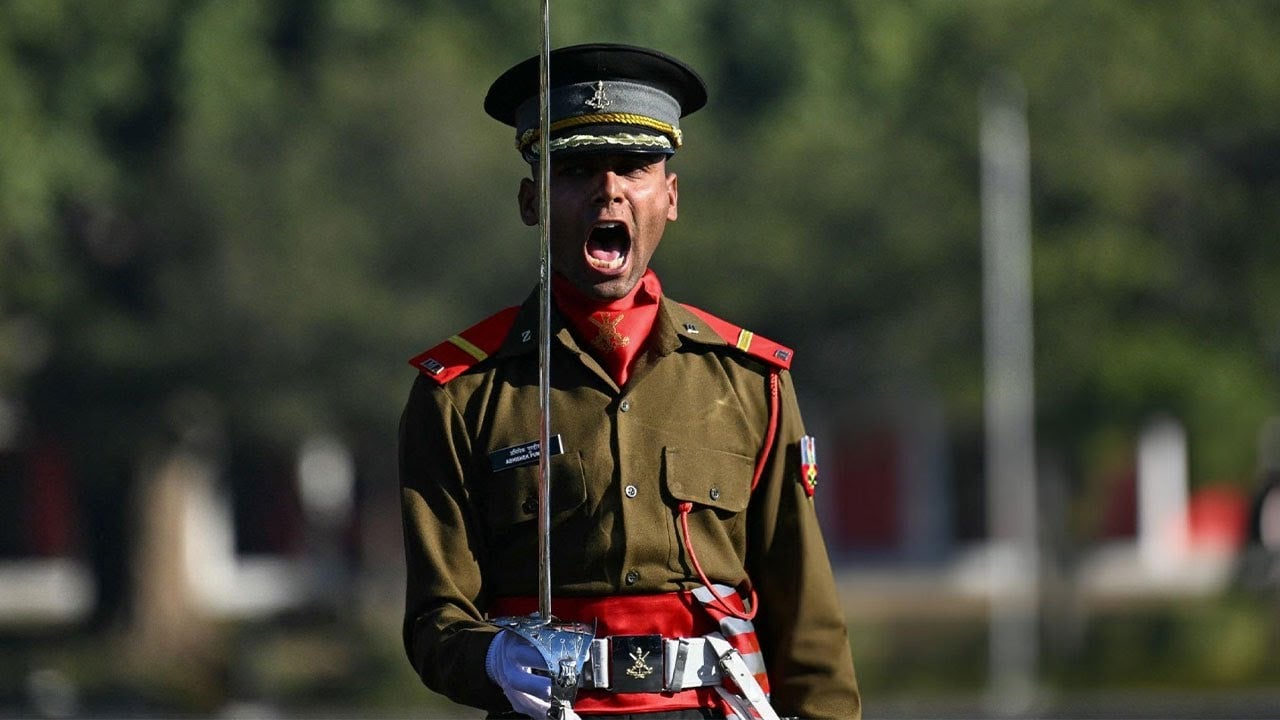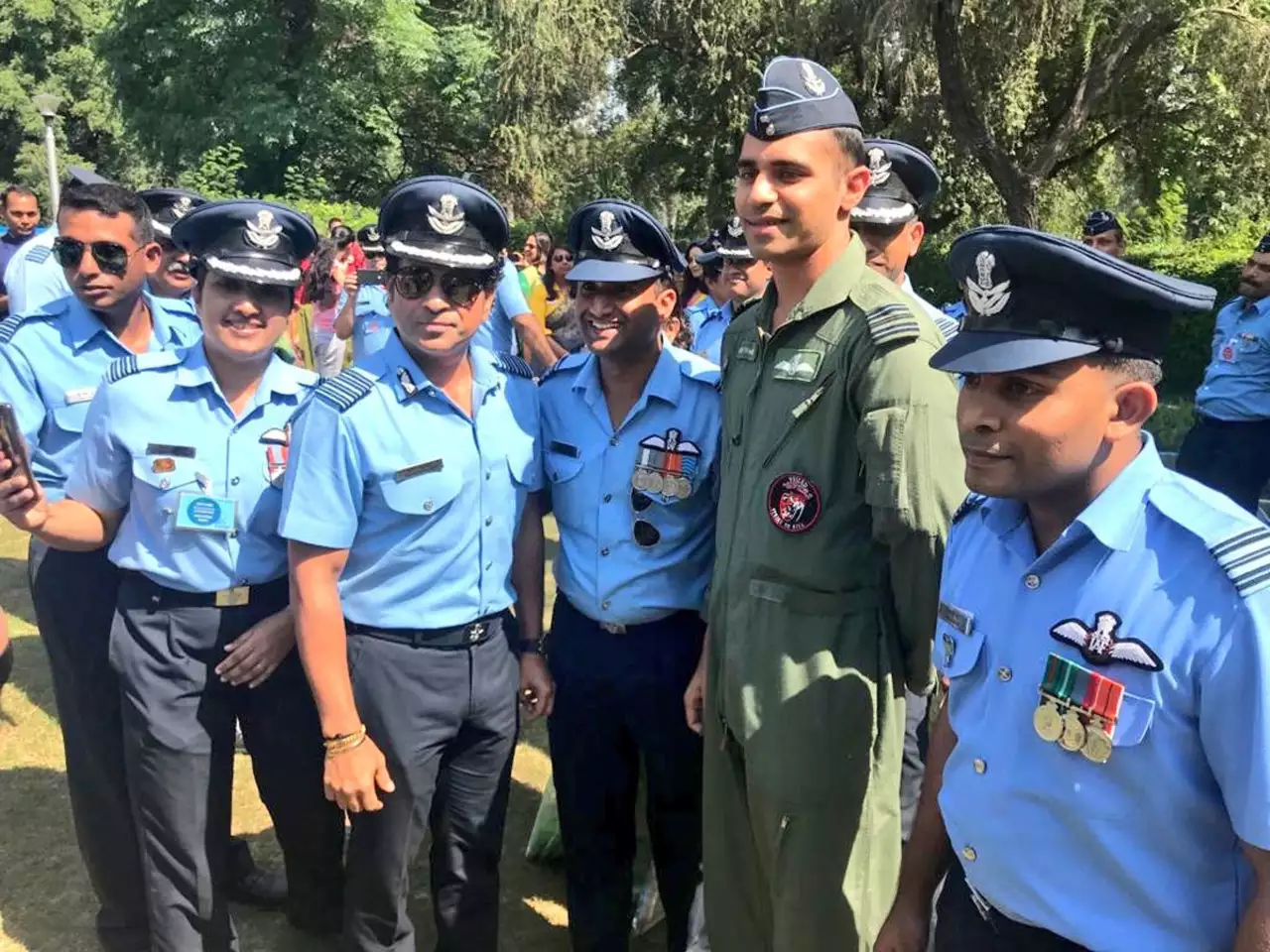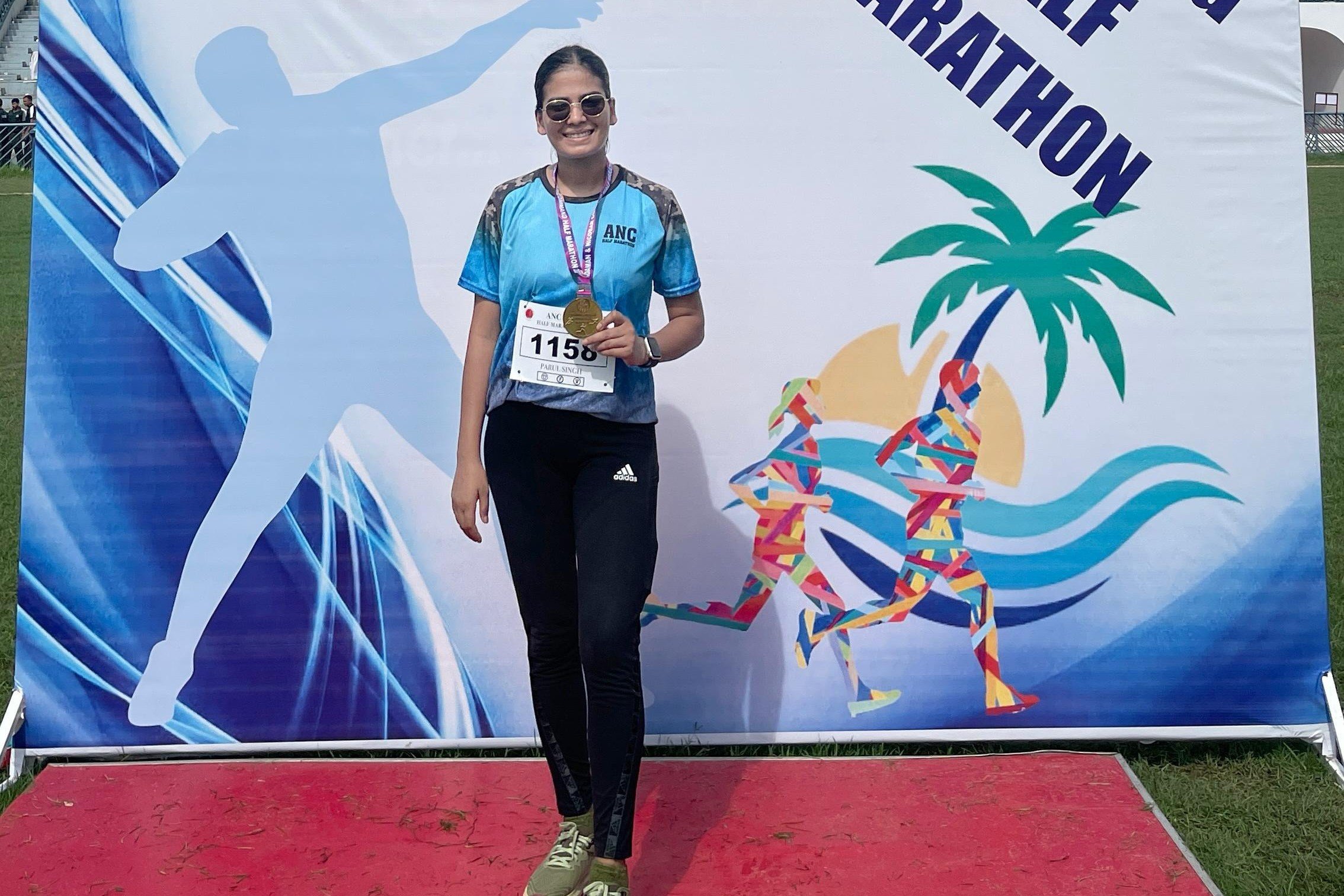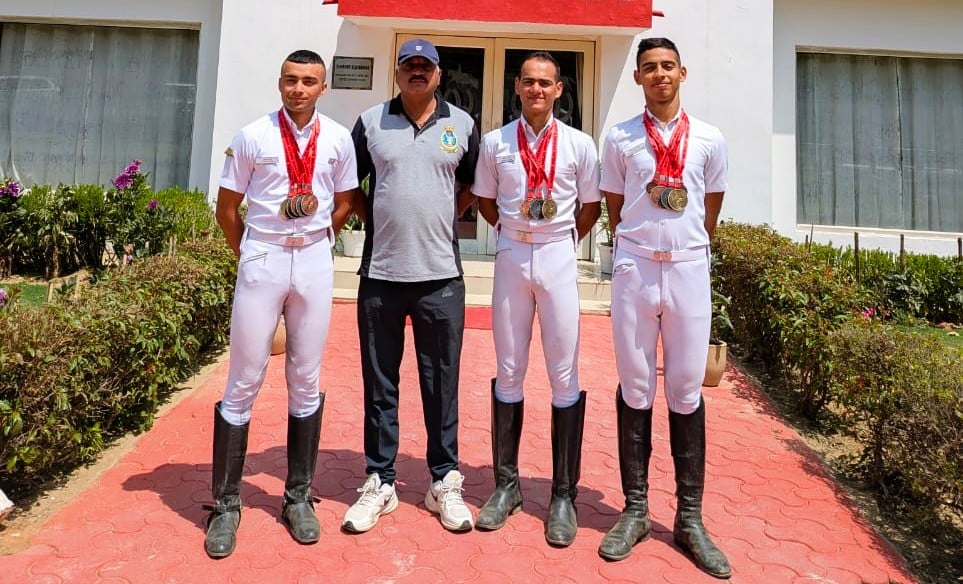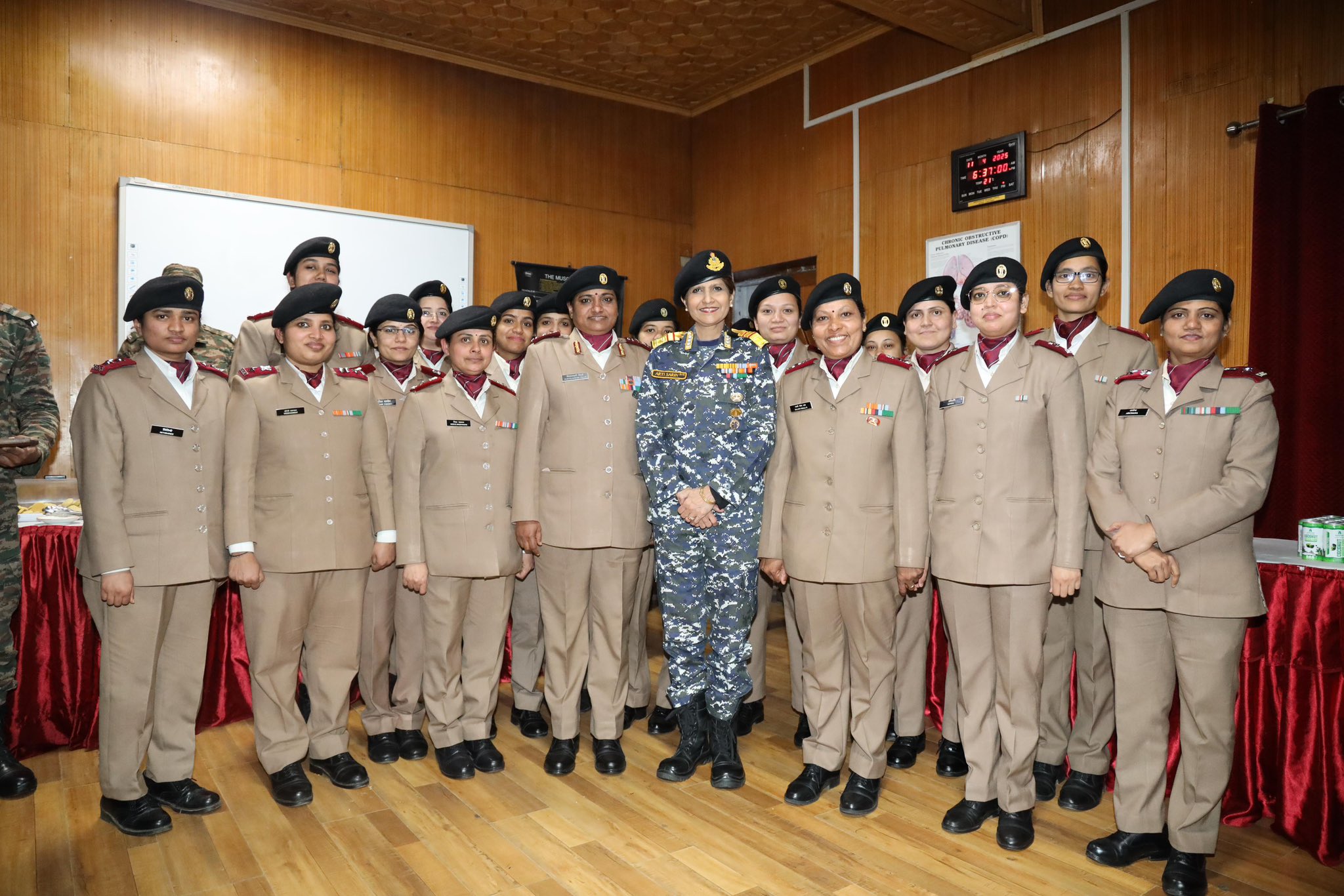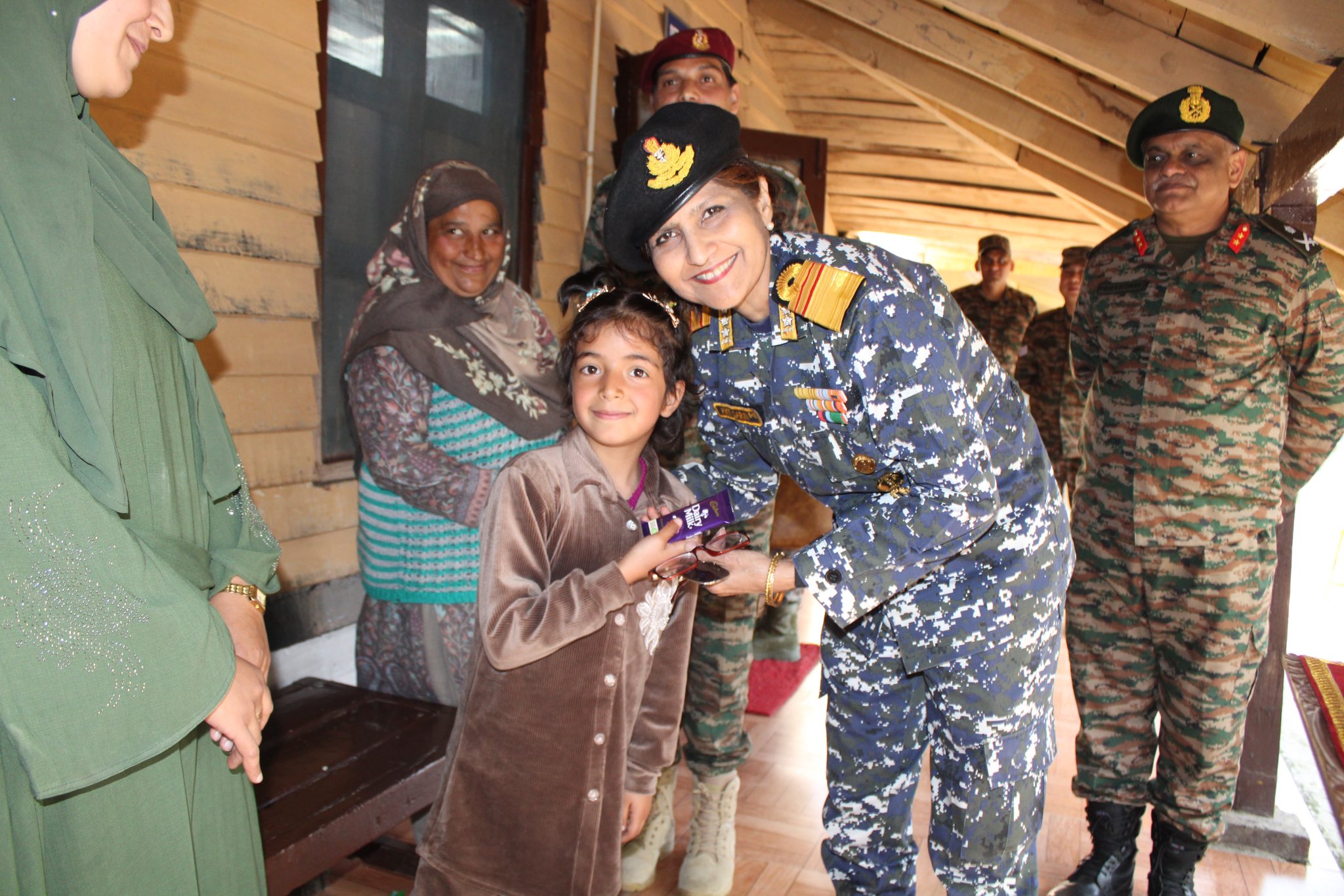The Indian Army’s SSC Tech 65 and SSCW Tech 36 courses present exceptional opportunities for engineering graduates and widows of defence personnel. These courses, scheduled to commence in October 2025, allow candidates to serve the nation in esteemed roles, contributing to the defence and security of India. This article delves into the intricacies of the cut-off marks, eligibility criteria, and the selection process for these courses, providing aspiring candidates with a comprehensive understanding of what lies ahead.
Overview of SSC Tech and SSCW Tech Courses
The Short Service Commission (SSC) Technical courses are designed for both male and female engineering graduates. The SSC Tech 65 is specifically for men, while the SSCW Tech 36 caters to women. Both courses emphasize the need for technical proficiency in various engineering disciplines, which is crucial for the roles candidates will assume in the army.
Course Objectives
- Skill Development: The courses aim to develop technical skills that are essential for modern military operations.
- Leadership Training: Candidates will receive training that prepares them for leadership roles within the army.
- National Service: Participants will be equipped to serve the nation, upholding the values and responsibilities of the Indian Army.
Eligibility Criteria for SSC Tech 65 and SSCW Tech 36
To ensure that candidates meet the necessary standards, the Indian Army has established specific eligibility requirements for SSC Tech 65 and SSCW Tech 36.
Age Limit
The age requirements for candidates are as follows:
- SSC Tech (Men and Women): Candidates must be between 20 to 27 years old as of October 1, 2025. This means eligible candidates must have been born between October 2, 1998, and October 1, 2005.
- Widows of Defence Personnel: The maximum age for widows applying is 35 years.
Educational Qualifications
The educational criteria ensure that candidates possess the necessary academic background:
- For SSC Tech (Men and Women): Candidates must have completed an Engineering degree or be in their final year of study. Final-year students must provide proof of passing by October 1, 2025.
- For Widows of Defence Personnel:
- Technical Entry: A B.E./B.Tech degree is required.
- Non-Technical Entry: Graduation in any discipline is acceptable.
Vacancy Distribution for SSC Tech and SSCW Tech
The Indian Army has outlined a specific number of vacancies available for both SSC Tech 65 and SSCW Tech 36, with opportunities spanning various engineering disciplines.
SSC Tech (Men) Vacancies
The total number of vacancies for men is 350, distributed across different engineering streams:
| Engineering Stream | Number of Vacancies |
|---|---|
| Civil | 60 |
| Computer Science | 72 |
| Mechanical | 60 |
| Electrical | 60 |
| Electronics | 60 |
| Miscellaneous | 60 |
SSCW Tech (Women) Vacancies
For women candidates, the total number of vacancies is 29, distributed as follows:

| Engineering Stream | Number of Vacancies |
|---|---|
| Civil | 60 |
| Computer Science | 85 |
| Mechanical | 60 |
| Electrical | 75 |
| Electronics | 74 |
Vacancies for Widows of Defence Personnel
Widows can apply for the following:
- Technical Entry: 1 vacancy for candidates with a B.E./B.Tech degree.
- Non-Technical Entry: 1 vacancy for graduates in any discipline.
Cut Off Marks for SSC Tech 65 and SSCW Tech 36
The cut-off marks play a crucial role in determining which candidates are shortlisted for the SSB interview. The Indian Army has set specific cut-off scores based on the aggregate percentage achieved by candidates up to their 6th semester.
Cut Off Marks Breakdown
- The cut-off marks for SSC Tech 65 and SSCW Tech 36 are determined annually and can vary based on the number of applicants and their performance.
- For the current cycle, the cut-off marks for various streams have been aligned with previous years, with slight variations in certain engineering disciplines.
Importance of Meeting Cut Off Marks
Candidates aiming for selection must ensure they meet or exceed the cut-off scores. Those who fall short may not progress to the next stage of the selection process.
Selection Process for SSC Tech 65 and SSCW Tech 36
The selection process is meticulously structured to identify the most suitable candidates for the SSC Tech courses.
Application Shortlisting
- Candidates are shortlisted based on their engineering percentage up to the last semester.
- The Indian Army reserves the right to set cut-off percentages, which can fluctuate based on overall candidate performance.
SSB Interview
- Shortlisted candidates are invited to participate in a 5-day SSB interview at designated centers, including Allahabad, Bhopal, Bengaluru, and Jalandhar.
- The SSB process consists of two stages, with candidates who do not clear Stage 1 being returned on the same day.
Medical Examination
- Candidates who successfully pass the SSB interview will undergo a thorough medical examination to assess their fitness for service.
Final Merit List
- The final selection is based on the combined SSB marks and the availability of vacancies in each engineering stream.
Training and Commissioning
Upon selection, candidates undergo rigorous training designed to prepare them for their roles in the Indian Army.
Training Duration
- Training is conducted at the Officers Training Academy (OTA) in Chennai for a duration of 49 weeks.
Commissioning
- Upon successful completion of training, candidates are granted a Short Service Commission (SSC) in the rank of Lieutenant.
Key Training Highlights
- The training is fully sponsored by the government, ensuring that candidates are well-equipped for their roles.
- Candidates are prohibited from marrying during the training period.
Tenure and Career Progression
The career trajectory for SSC officers is structured and offers various opportunities for advancement.
Initial Tenure
- The initial engagement period is 10 years, with an option to extend by an additional 4 years.
- Permanent Commission (PC) may be granted in the 10th year, depending on eligibility.
Promotion Structure
Promotions within the SSC framework follow a defined timeline:
| Rank | Service Period Required |
|---|---|
| Lieutenant | On commissioning |
| Captain | 2 years |
| Major | 6 years |
| Lieutenant Colonel | 13 years |
Pay and Benefits
The Indian Army offers an attractive compensation package for SSC officers, which includes various allowances.
Salary Structure
| Rank | Pay Level | Salary (₹) |
|---|---|---|
| Lieutenant | Level-10 | 56,100 – 1,77,500 |
| Captain | Level-10B | 61,300 – 1,93,900 |
| Major | Level-11 | 69,400 – 2,07,200 |
| Lieutenant Colonel | Level-12A | 1,21,200 – 2,12,400 |
Additional Allowances
- Military Service Pay (MSP): ₹15,500/month.
- Field Area Allowance: Varies based on posting location.
- Children Education Allowance: ₹2,250/month.
Application Procedure
Interested candidates can apply online through the official Indian Army website.
Steps to Apply
- Registration: Candidates must register and fill in personal, educational, and other relevant details.
- Document Upload: Required documents, including mark sheets and certificates, must be uploaded.
- Application Window: The application period is open from January 7, 2025, to February 5, 2025.
Important Considerations
- Candidates must ensure that they meet all eligibility criteria before submitting their applications.
- Any discrepancies in the application may lead to disqualification.
Conclusion
The SSC Tech 65 and SSCW Tech 36 courses provide an outstanding opportunity for engineering graduates and widows of defence personnel to serve in the Indian Army. With a structured training program, clear career progression, and attractive compensation, these courses represent a significant step toward a fulfilling career in defence. Aspiring candidates are encouraged to prepare diligently and stay informed about the application process and cut-off marks to enhance their chances of success.

